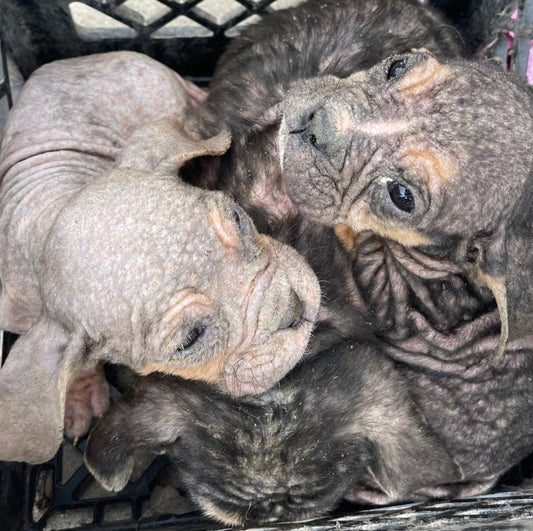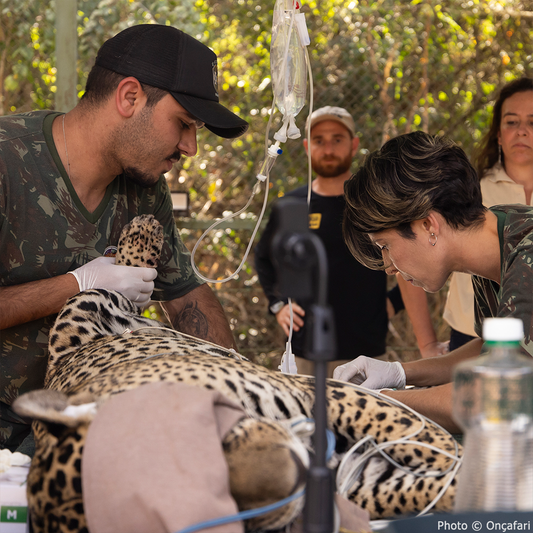Olympic Marmots on the Brink as Climate Change and Predators Close In
Matthew Russell
Pexels
The Olympic marmot, a unique species endemic to the Olympic Peninsula in Washington, faces the grim prospect of extinction.
This creature, known for its distinctive whistling and fluffy appearance, plays a crucial role in its alpine habitat. But with only 2,000 to 4,000 individuals remaining, the situation is dire.
 Photo: Pexels
Photo: PexelsOlympic marmots are unique to Washington's Olympic Peninsula.
Threats from Climate Change and Predators
The challenges facing Olympic marmots are multifaceted. Primarily, climate change is altering their environment. As temperatures rise and snowpack decreases, forests encroach on the alpine meadows, shrinking the marmots' living spacesFox 13 Seattle. Additionally, this habitat shift favors coyotes, a non-native predator, which have filled the ecological niche left by wolves, leading to increased predationWashington State Standard.
 Photo: Pexels
Photo: PexelsOnly 2,000 to 4,000 Olympic marmots remain in the wild.
Conservation Efforts and Legal Protections
In response to the alarming decline, conservationists, spearheaded by the Center for Biological Diversity, are pushing for the marmots to be listed as either "endangered" or "threatened" under the Endangered Species Act. This would enable the crafting of a recovery plan and potentially introduce stronger protections against the threats they faceCenter for Biological Diversity. The U.S. Fish and Wildlife Service is currently reviewing this petition, with a decision due within 90 days from the filing.
 Photo: Pexels
Photo: PexelsThese marmots are known locally as "whistle pigs" due to their distinctive calls.
The Wolf Reintroduction Proposal
A controversial yet potentially effective solution is the reintroduction of wolves to the Olympic Peninsula. Experts believe this could restore ecological balance by naturally controlling the coyote population, thus relieving pressure on the marmots. This strategy would involve relocating wolves from areas with similar environmental conditions, such as British Columbia, to ensure the best fit for the ecosystemFox 13 Seattle.
 Photo: Pexels
Photo: PexelsOlympic marmots hibernate for up to eight months each year.
Community and Ecological Impact
The survival of Olympic marmots is not just about preserving a cute animal; it's about maintaining the health of an entire ecosystem. These marmots contribute to the biodiversity of the Olympic National Park and serve as a key species in their habitat. Protecting them ensures the survival of other species and the overall ecological balance of the area.
The plight of the Olympic marmot is a poignant reminder of the interconnectedness of species and ecosystems. The efforts to save them, through legal protections and ecological interventions, highlight the complex interplay of climate change, human impact, and wildlife conservation. As the review process unfolds, the fate of the Olympic marmot hangs in the balance, a test case for broader environmental challenges facing our planet.
Click below to take action!
Matthew Russell is a West Michigan native and with a background in journalism, data analysis, cartography and design thinking. He likes to learn new things and solve old problems whenever possible, and enjoys bicycling, spending time with his daughters, and coffee.




















